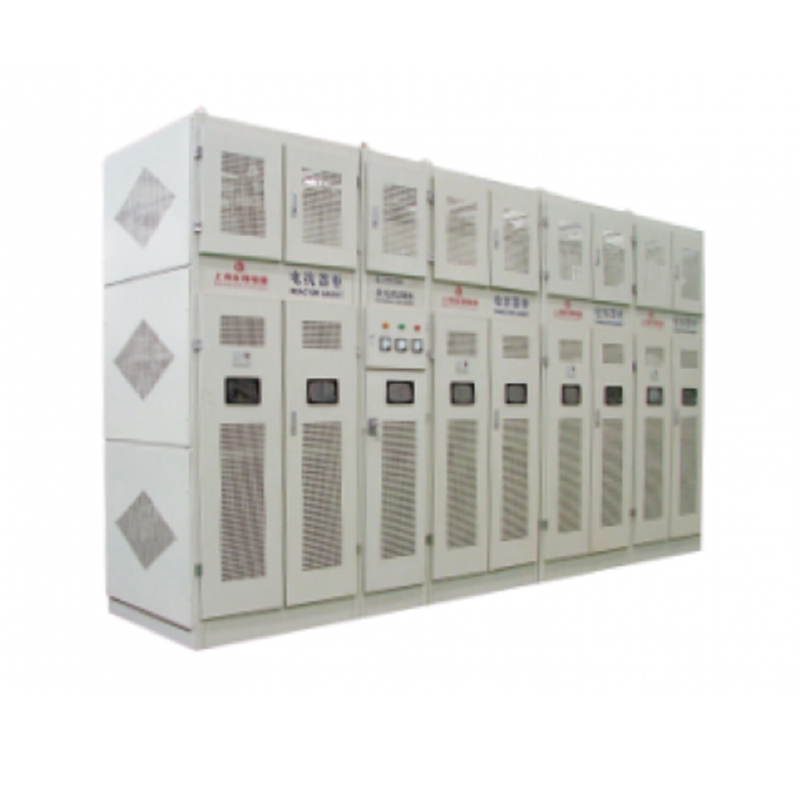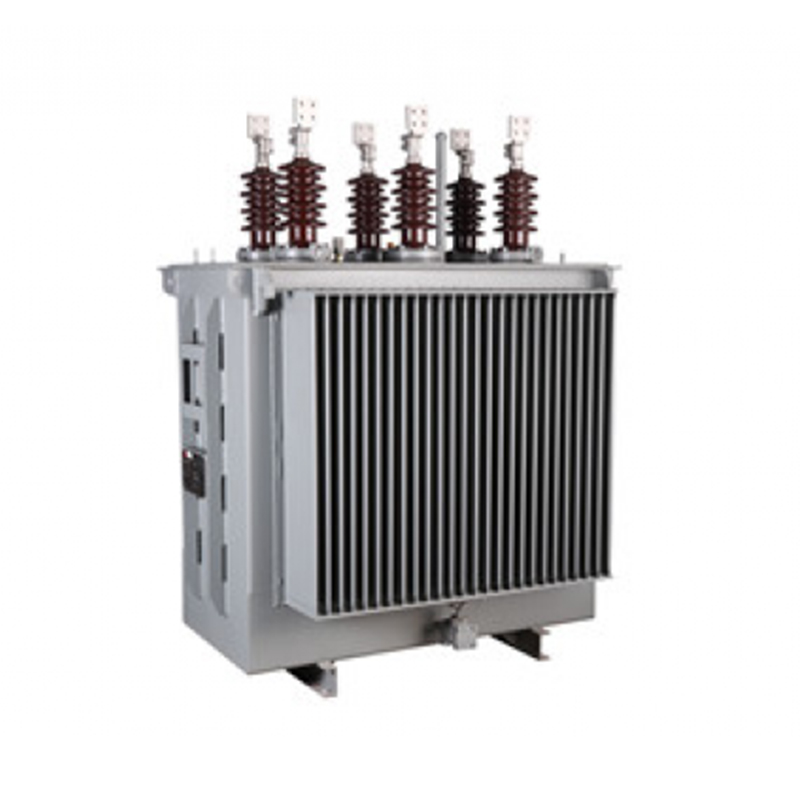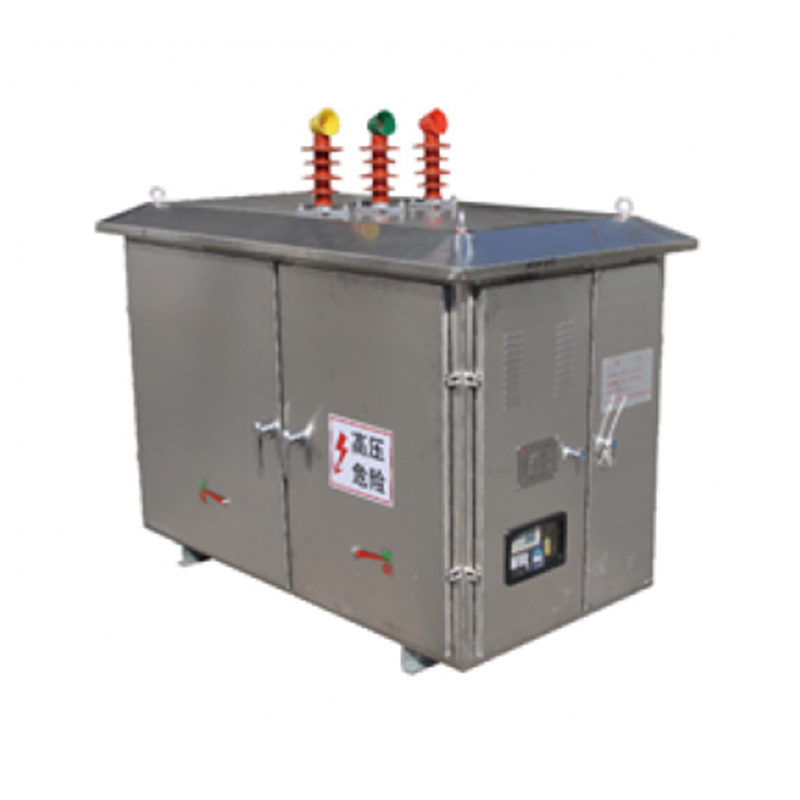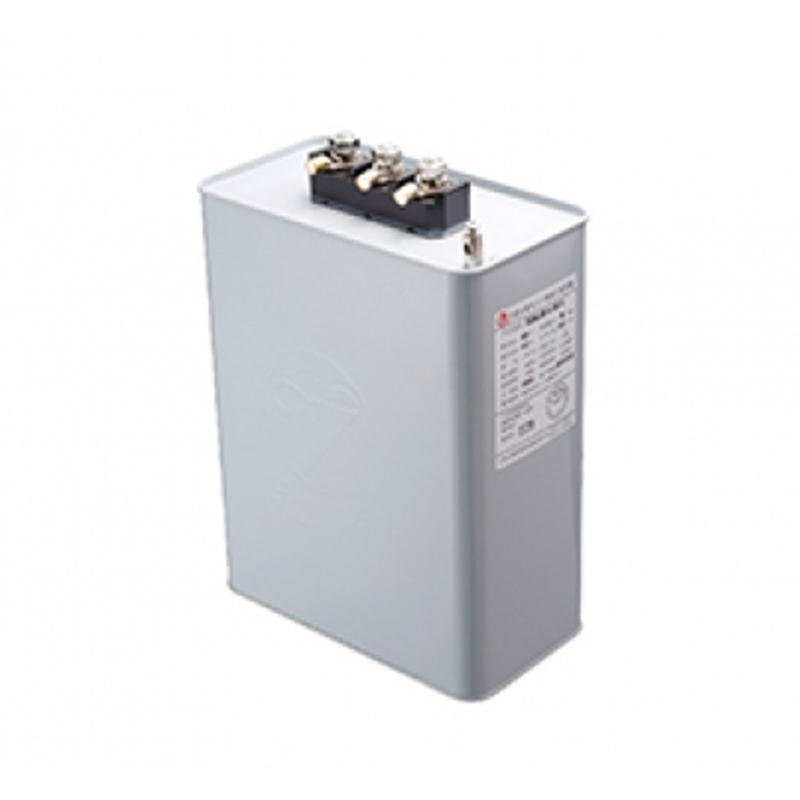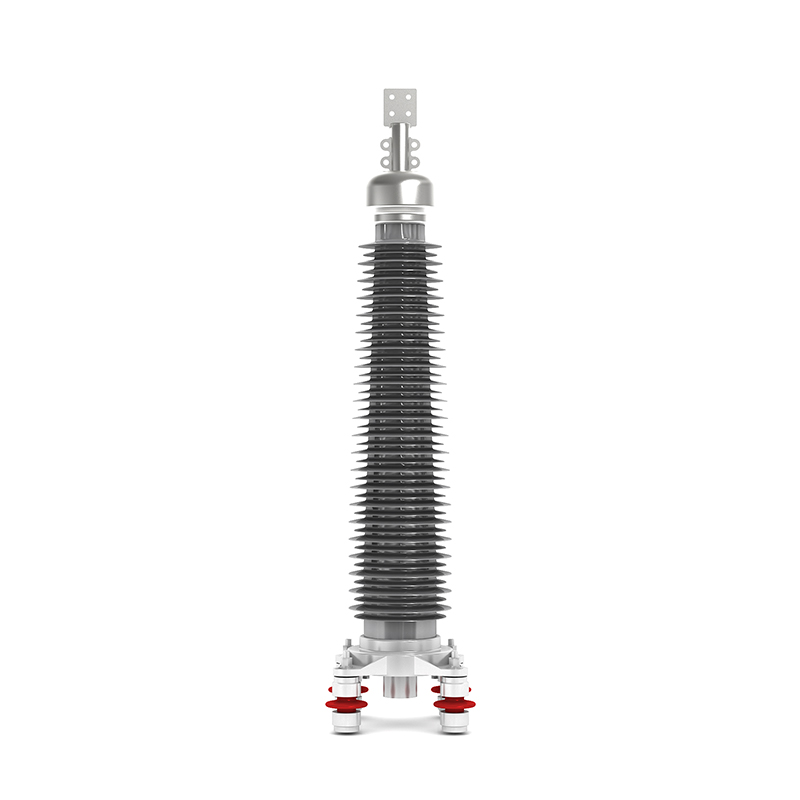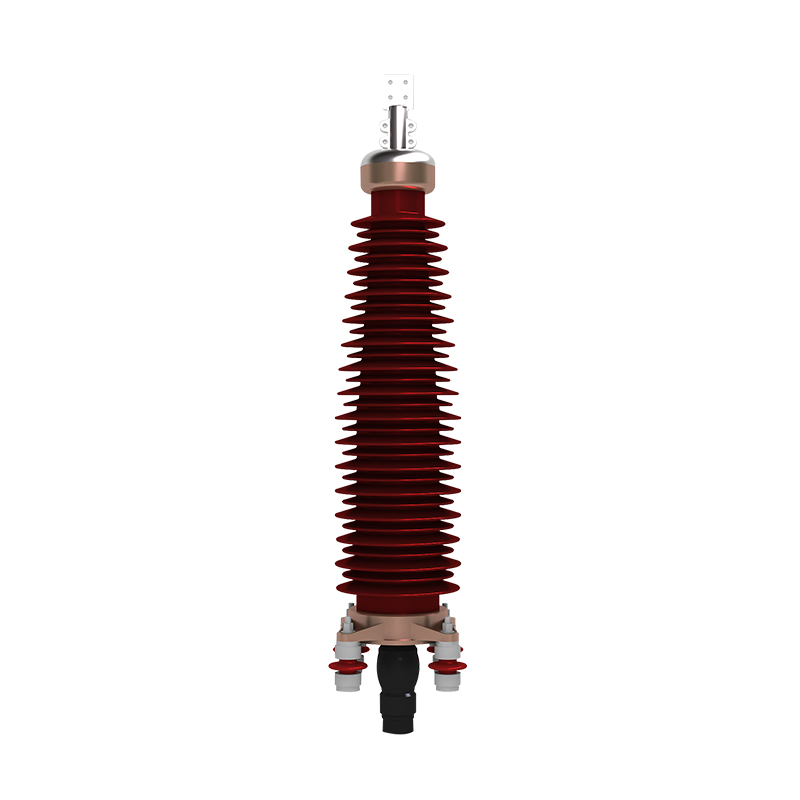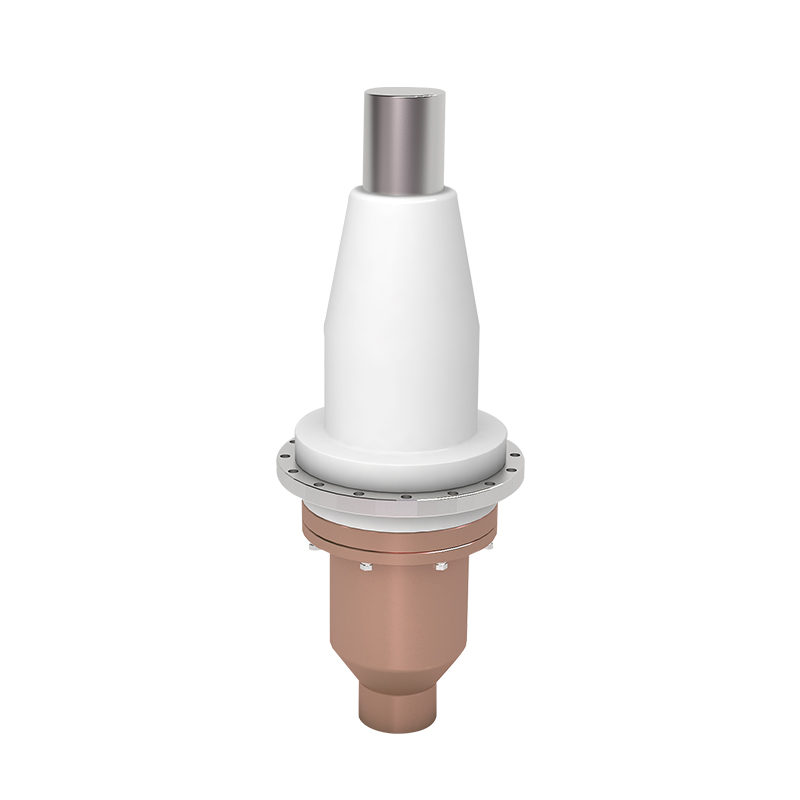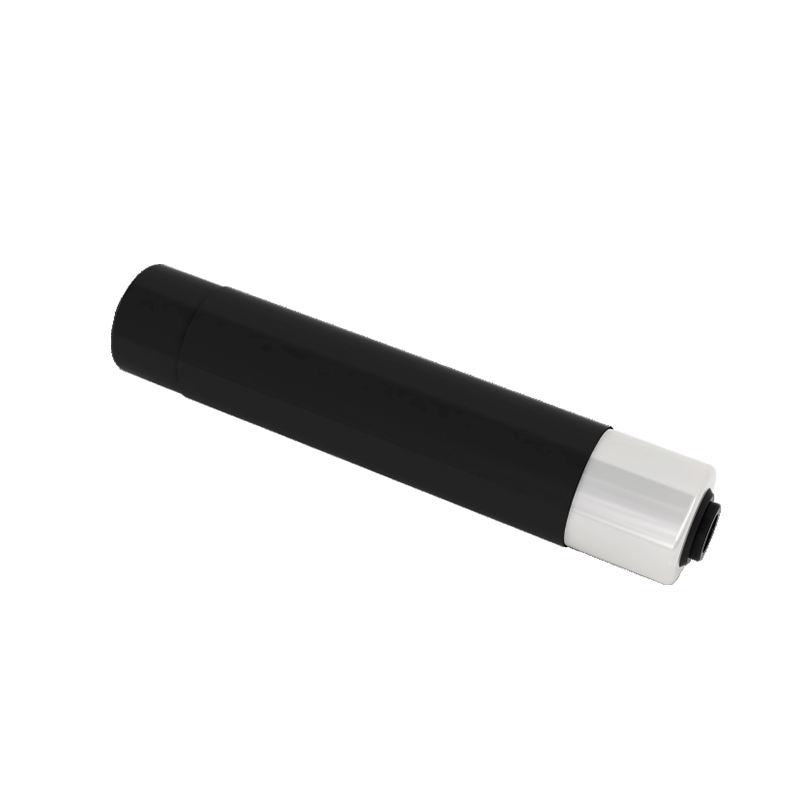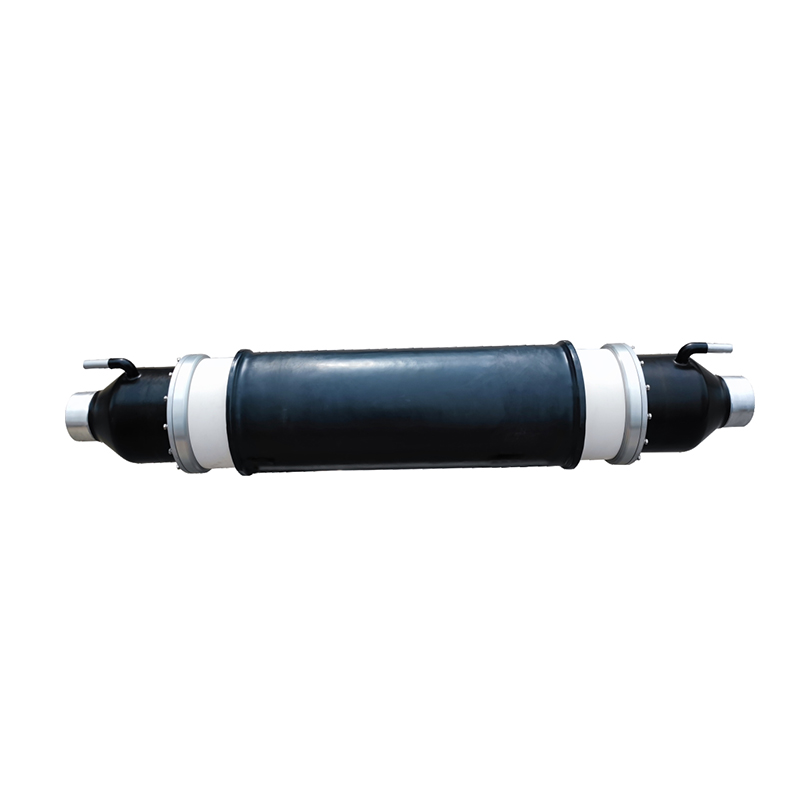How Reactive Power Compensators Enhance Grid Stability and Efficiency
As the integration of renewable energy sources increases, so does the need for effective solutions to manage power quality. One such solution is the use of reactive power compensators, which play a vital role in enhancing the stability and efficiency of power grids. These devices, including dynamic VAR compensators and various reactive power compensation equipment, are crucial in ensuring that electrical systems function goodly.
Reactive power is an essential component of electricity that does not perform any useful work but is necessary for maintaining voltage levels in the grid. When reactive power is not adequately managed, it can cause voltage instability, reduced system efficiency, and even equipment damage. This is where reactive power compensators come into play. By providing or absorbing reactive power as needed, these devices help stabilize voltage levels and improve the overall performance of the electrical grid.
Dynamic VAR compensators are particularly noteworthy for their ability to respond quickly to changes in demand and supply. Unlike traditional reactive power compensation equipment, which may take time to adjust, dynamic VAR compensators can instantly provide or absorb reactive power. This rapid response is essential in modern grids, where fluctuations in renewable energy generation, such as wind and solar power, can cause sudden changes in voltage levels. By effectively managing these fluctuations, dynamic VAR compensators help maintain grid stability and prevent potential outages.
The integration of reactive power compensators also enhances the efficiency of power transmission. When voltage levels are stabilized, the amount of real power that can be transmitted over long distances increases. This is particularly important for utilities that rely on transmitting electricity from remote renewable energy sources to urban centers. By minimizing voltage drop and losses during transmission, reactive power compensation equipment allows for more efficient energy distribution, ultimately benefiting consumers with lower electricity costs.
Moreover, the deployment of reactive power compensators can facilitate the interconnection of various power sources within the grid. As more distributed energy resources come online, such as solar panels and wind turbines, the need for effective reactive power management becomes increasingly important. Reactive power compensators enable seamless integration of these diverse energy sources, allowing for a more flexible and resilient power system.
Another critical aspect of reactive power compensators is their role in enhancing power factor. A low power factor indicates inefficient use of electrical power, often resulting in higher costs for utilities and consumers. By improving the power factor through reactive power compensation, utilities can reduce energy losses and improve the overall efficiency of the electrical system. This not only guides to cost savings but also supports the grid's capacity to handle future demand.
The ongoing technological advancements in reactive power compensators are paving the way for even greater efficiencies. Modern reactive power compensation equipment is equipped with sophisticated control systems that allow for real-time monitoring and adjustment. These systems can analyze grid conditions continuously, making precise adjustments to reactive power levels as needed. This level of automation enhances the reliability and responsiveness of the grid, which is crucial for meeting the demands of a rapidly changing energy landscape.
In addition to their technical benefits, reactive power compensators also contribute to the environmental sustainability of power systems. By enabling more efficient energy use and integrating renewable sources, these devices help reduce greenhouse gas emissions associated with traditional energy generation. As the world moves towards a greener energy future, the role of reactive power compensators will only become more significant in facilitating this transition.
To fully realize the benefits of reactive power compensators, collaboration among stakeholders is essential. Utilities, manufacturers, and regulators must work together to establish standards and best practices for the deployment and operation of reactive power compensation equipment. This collaboration will ensure that the integration of these technologies aligns with grid modernization efforts and supports the overall goals of energy efficiency and reliability.
Reactive power compensators, particularly dynamic VAR compensators, are critical tools in enhancing grid stability and efficiency. Their ability to provide or absorb reactive power rapidly and effectively addresses the challenges posed by modern electrical systems.
Recommended Products
The variety of models, to meet the development needs of various regions in the world.
-
Add: No. 508, Dongye Road, Dongjing Town, Songjiang District, Shanghai
-
Tel: +86-13757652508
-
E-mail: [email protected]
 English
English 中文简体
中文简体 русский
русский Español
Español عربى
عربى